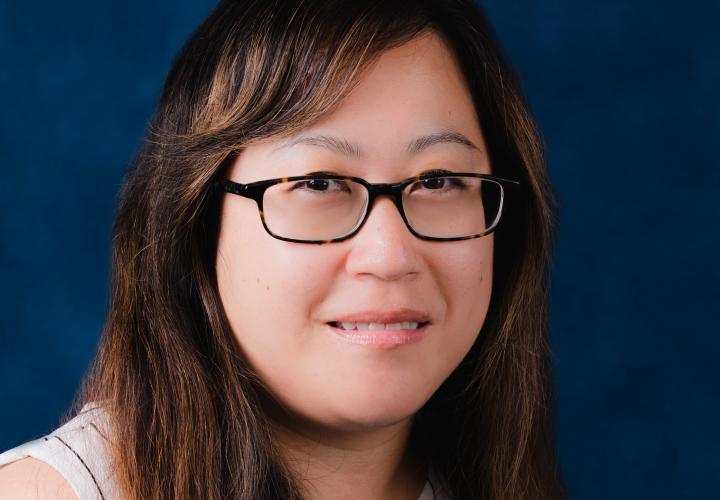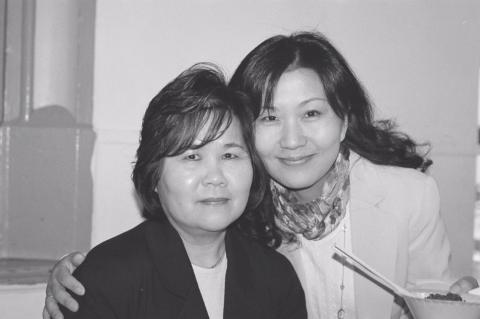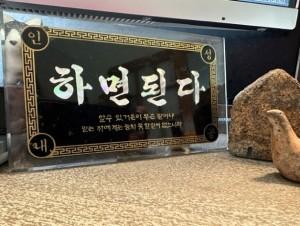As part of our Diversity, Equity and Inclusion journey, Connecticut Children’s celebrates Asian American, Native Hawaiian & Pacific Islander (AANHPI) Heritage Month, which honors the culture and contributions of Asian Americans, Native Hawaiians, and Pacific Islanders in the United States. As part of our organization’s recognition of this month and other culture months, we highlight the accomplishments and heritage of team members through personal interviews to deepen our appreciation of each other.
In this interview, Jane Im, MD, shares about her Korean heritage, her role models and the meaning of the sign that sits on her desk. Dr. Im is an attending physician in Connecticut Children’s Division of Pediatric Hospital Medicine and Medical Director of Interoperability at Connecticut Children’s.


